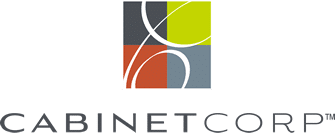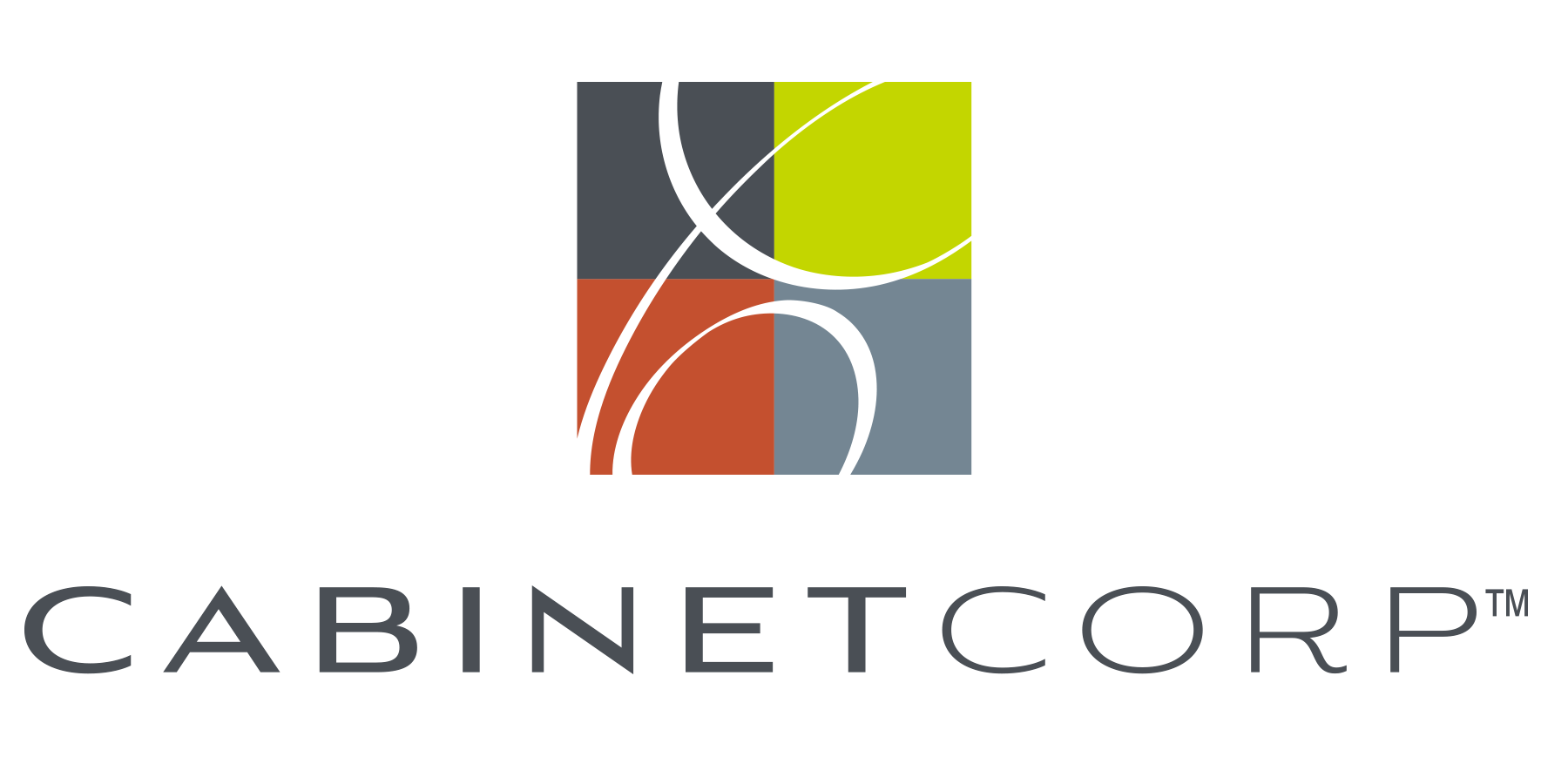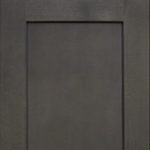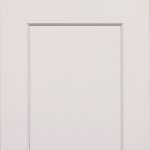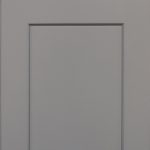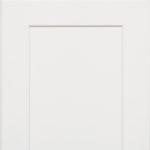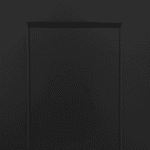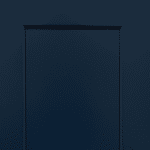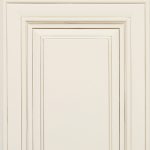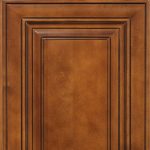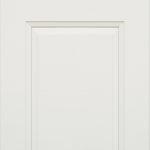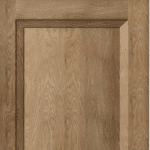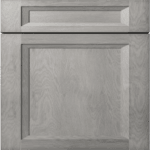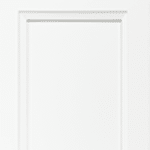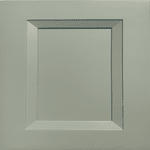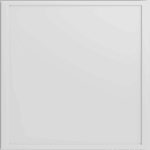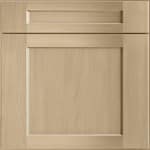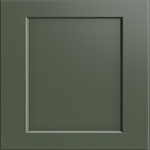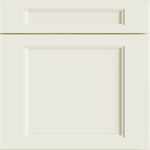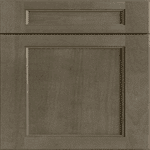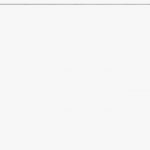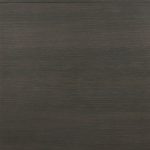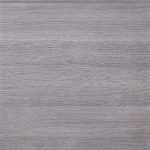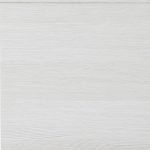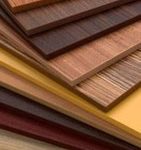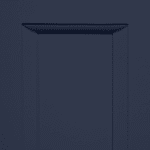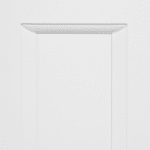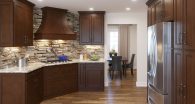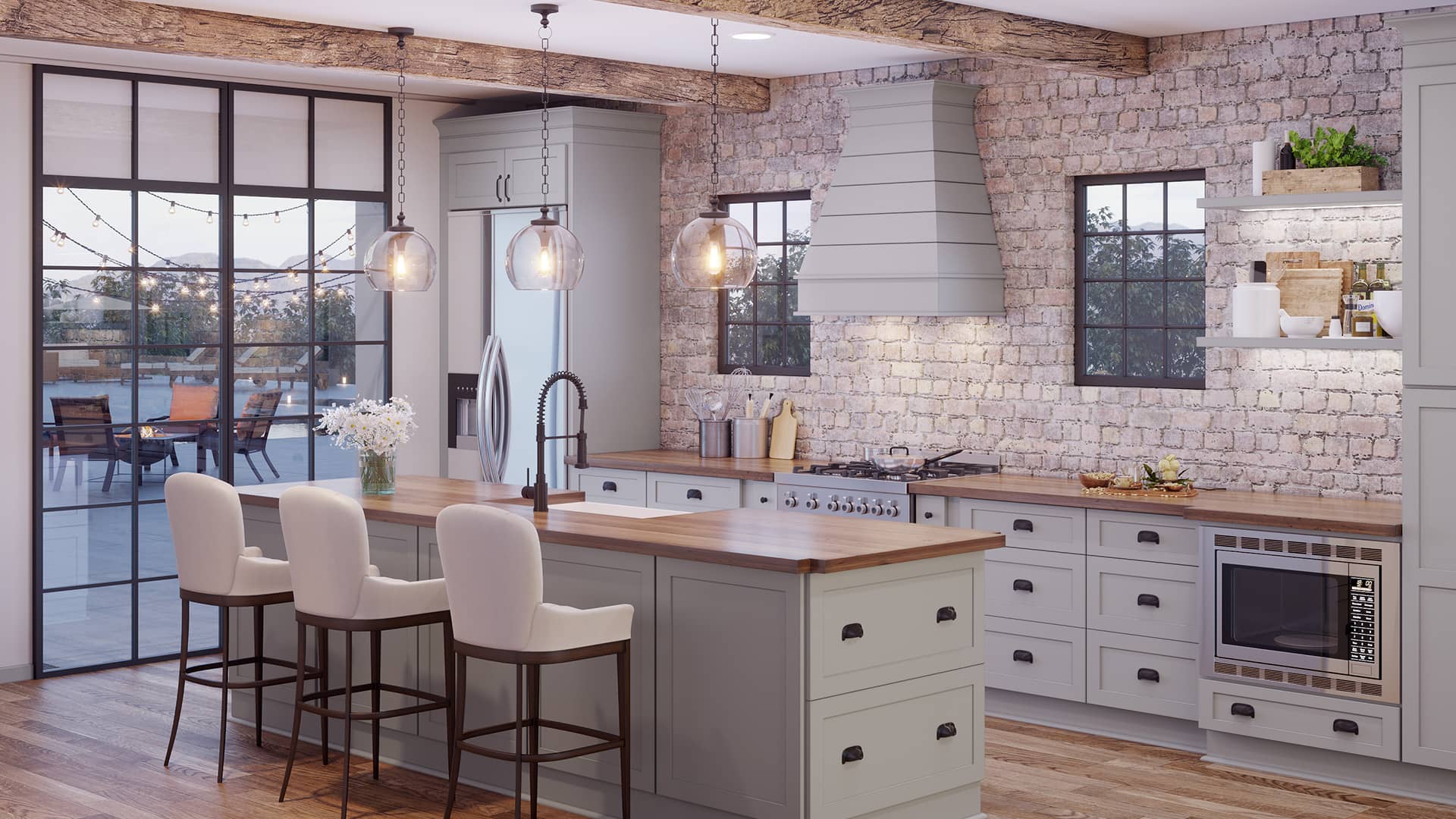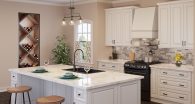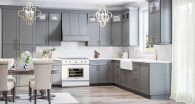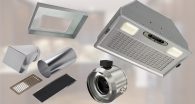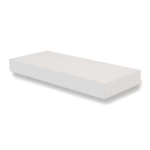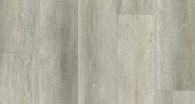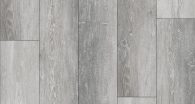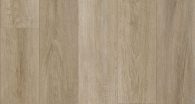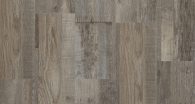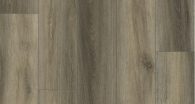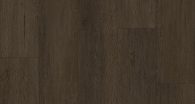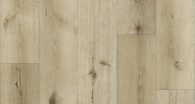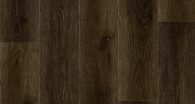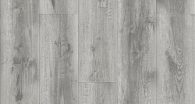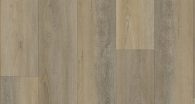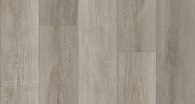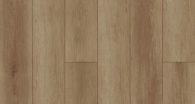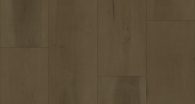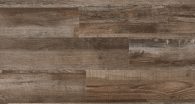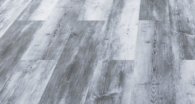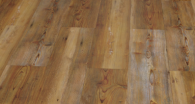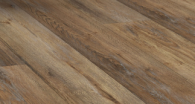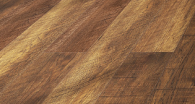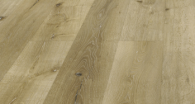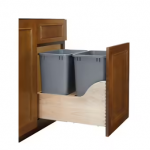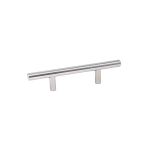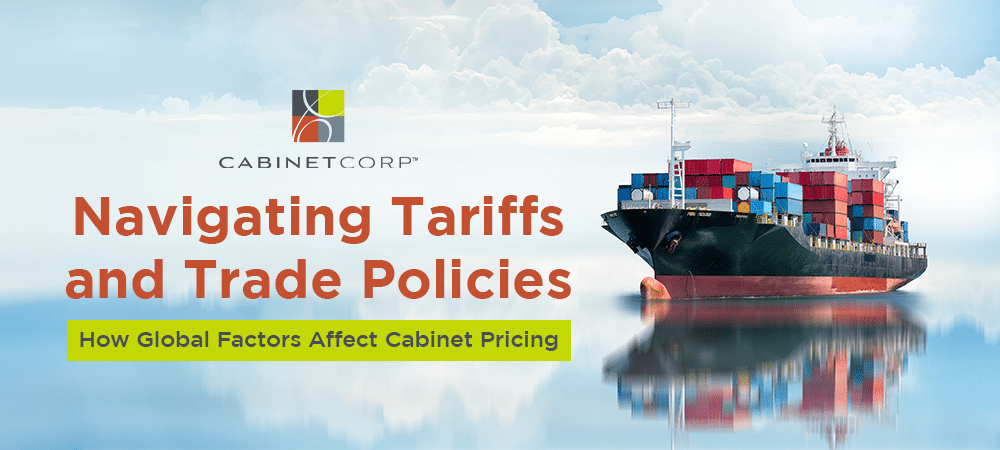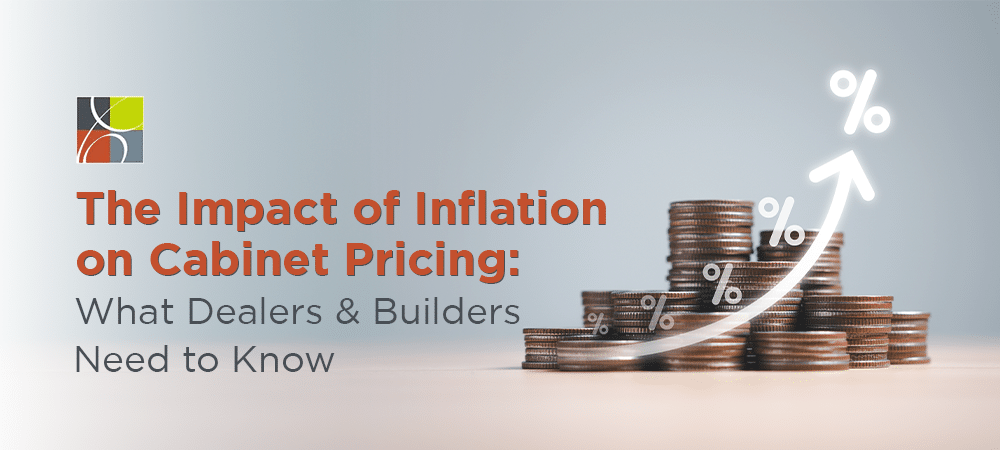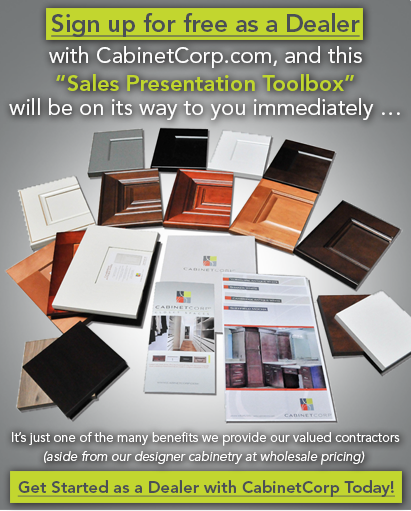Cabinet dealers and builders must understand how tariffs and trade changes impact material costs. Understanding these factors empowers businesses to adapt pricing strategies, manage costs, and maintain profitability. With global economic shifts, regulatory changes, and supply chain disruptions, keeping a close eye on trade policies is more critical than ever.
The Role of Tariffs in Cabinet Pricing
Tariffs—government-imposed duties on imported goods, significantly influence the cost of cabinets. The U.S. has imposed tariffs on certain cabinet imports in response to concerns about unfair trade practices, particularly from countries accused of dumping products at below-market rates. These aim to protect domestic manufacturers but can also drive up costs for dealers and consumers.
These tariffs can increase costs by 25% or more, leading to higher prices for wholesale and retail cabinet buyers. The increased expenses may affect profit margins, while retail buyers may see higher prices for the end product. When sourcing project materials, builders and contractors may also struggle with unexpected cost surges.
In response, some cabinet makers have shifted production to other countries, such as Vietnam, to mitigate tariff costs. However, trade policies and tariff adjustments remain fluid, meaning dealers must constantly monitor developments to anticipate potential cost fluctuations. Additionally, some businesses are exploring hybrid manufacturing models, where assembly occurs in non-tariffed regions while sourcing raw materials globally to optimize costs.
Trade Policies and Their Influence on Supply Chains
Trade policy refers to a country’s regulations and agreements governing imports and exports. For kitchen cabinet businesses, trade policies dictate the availability and pricing of raw materials. Tariffs, quotas, and trade agreements shape the market, influencing how much dealers and distributors pay for products.
Changes in trade agreements can disrupt supply chains, causing price increases and delays in manufacturing. For example, cabinet prices will rise if the U.S. negotiates a new deal that imposes stricter import duties on plywood or MDF. Conversely, agreements that ease restrictions can lead to cost savings for businesses and consumers.
Environmental policies or political issues can limit wood imports, raising costs. Sustainable sourcing regulations and deforestation policies may restrict the availability of specific hardwoods, forcing manufacturers to look for alternative materials. Plus, geopolitical tensions can affect trade relations. We have seen this in past disputes between the U.S. and China, impacting cabinet component imports.
New trade agreements between the U.S. and supplier countries may also reduce duties, lowering cabinet pricing. Cabinet dealers should monitor developments closely. Shifting trade policies can present both challenges and opportunities for cost management.
Supply Chain Disruptions and Material Costs
Global supply chains have been under pressure because of economic fluctuations, labor shortages, and logistical challenges. The COVID-19 pandemic highlighted vulnerabilities in supply chains, and lingering effects continue to affect material availability and pricing.
Shipping costs, container shortages, and port delays have all contributed to increased material costs, directly affecting cabinet pricing. In 2021 and 2022, container shipping costs skyrocketed, forcing many importers to either absorb higher expenses or pass them on to customers. While prices have stabilized, continued supply chain unpredictability means businesses must remain prepared.
For cabinet dealers, staying ahead means working with reliable suppliers who can navigate these complexities. Diversifying sourcing strategies, increasing domestic production partnerships, and leveraging advanced technology for supply chain forecasting can help mitigate these challenges. Investing in local manufacturing or warehousing inventory closer to key markets can reduce dependency on volatile international logistics.
Strategies for Cabinet Dealers to Adapt
To remain competitive in 2025, cabinet professionals should consider the following strategies:
1. Monitor Tariff and Trade Policy Changes
Stay updated on government regulations and international trade developments that affect pricing by subscribing to industry reports, engaging with cabinet trade associations, and participating in cabinet industry forums.
2. Diversify Sourcing and Supply Chains
Work with multiple suppliers across different regions to reduce reliance on a single market. Domestic manufacturing options may also provide stability. By balancing imports with local production, businesses can hedge against trade disruptions.
3. Implement Pricing Adjustments Thoughtfully
If tariffs increase costs, adjust pricing strategically to maintain profitability while remaining competitive. Consider offering bundled services, package deals, or value-added features to justify price changes while maintaining customer satisfaction.
4. Leverage Technology for Cost Management
Utilize software for inventory tracking, cost forecasting, and supplier analytics to optimize procurement decisions and reduce expenses. AI-powered pricing models can help businesses adjust prices based on raw material costs and market demand.
5. Educate Customers on Market Factors
Clear communication with clients about pricing changes can help manage expectations. Providing transparency about tariff-related cost increases builds trust and allows customers to understand the broader market influences affecting their purchasing decisions.
6. Strengthen Supplier Relationships
Establishing strong partnerships with suppliers assures better pricing, priority access to materials, and improved logistics. Long-term contracts with suppliers can provide cost stability and supply chain resilience.
Final Thoughts
As global trade policies evolve, so will the factors influencing cabinet trade pricing. Cabinet dealers and distributors who proactively monitor tariffs, diversify supply chains, and implement strategic pricing adjustments will be better positioned to navigate these challenges. Businesses that stay informed and adaptable will thrive in a fluctuating economic landscape.
Understanding tariffs and trade policies isn’t just about managing costs, it’s about creating long-term stability and growth. By investing in technology, diversifying sourcing, and staying proactive, cabinet businesses can mitigate risks and maintain their competitive edge.
Stay connected with CabinetCorp for the latest updates on cabinet industry trends and pricing insights. Contact us for expert guidance on sourcing, pricing, and navigating the complexities of global trade in 2025.

